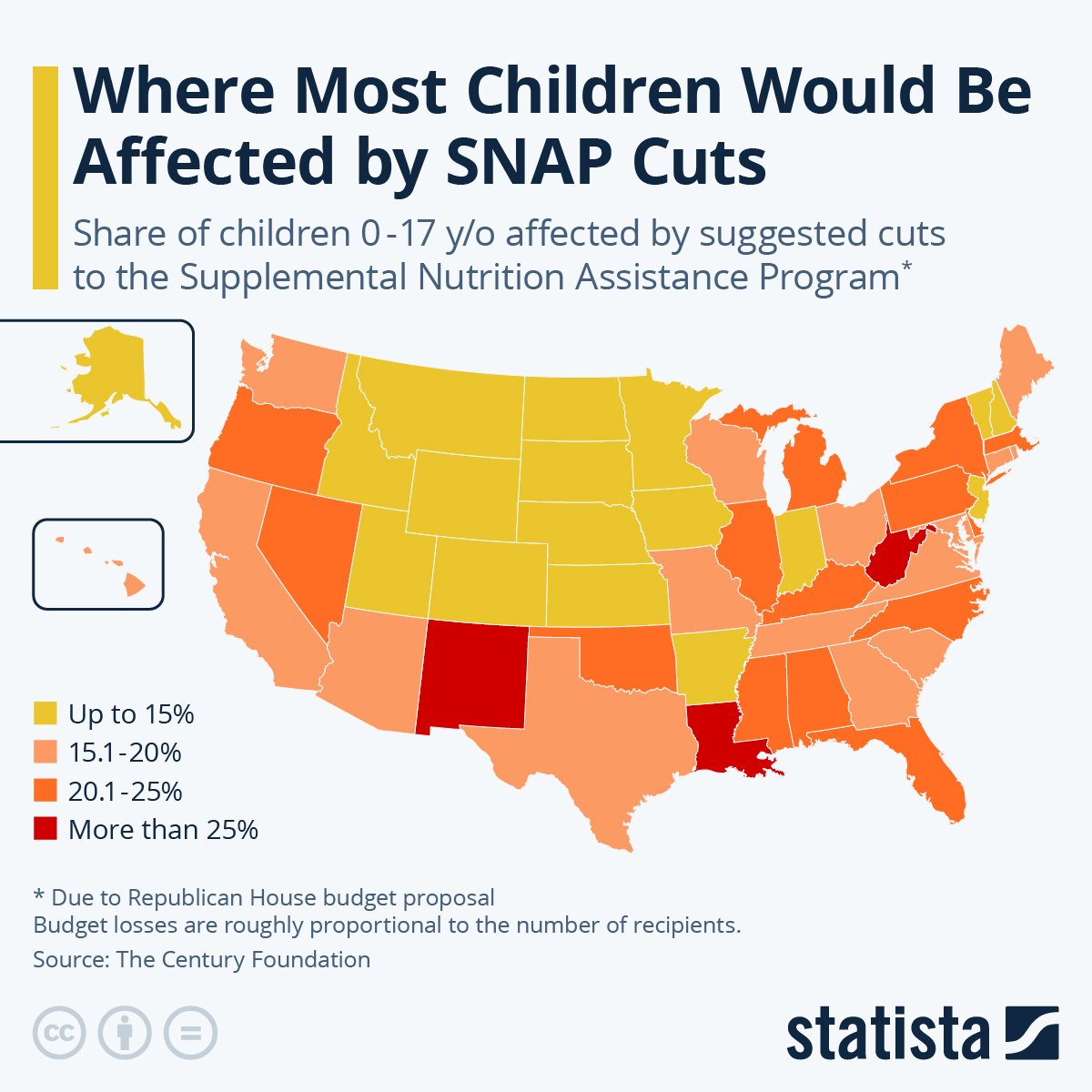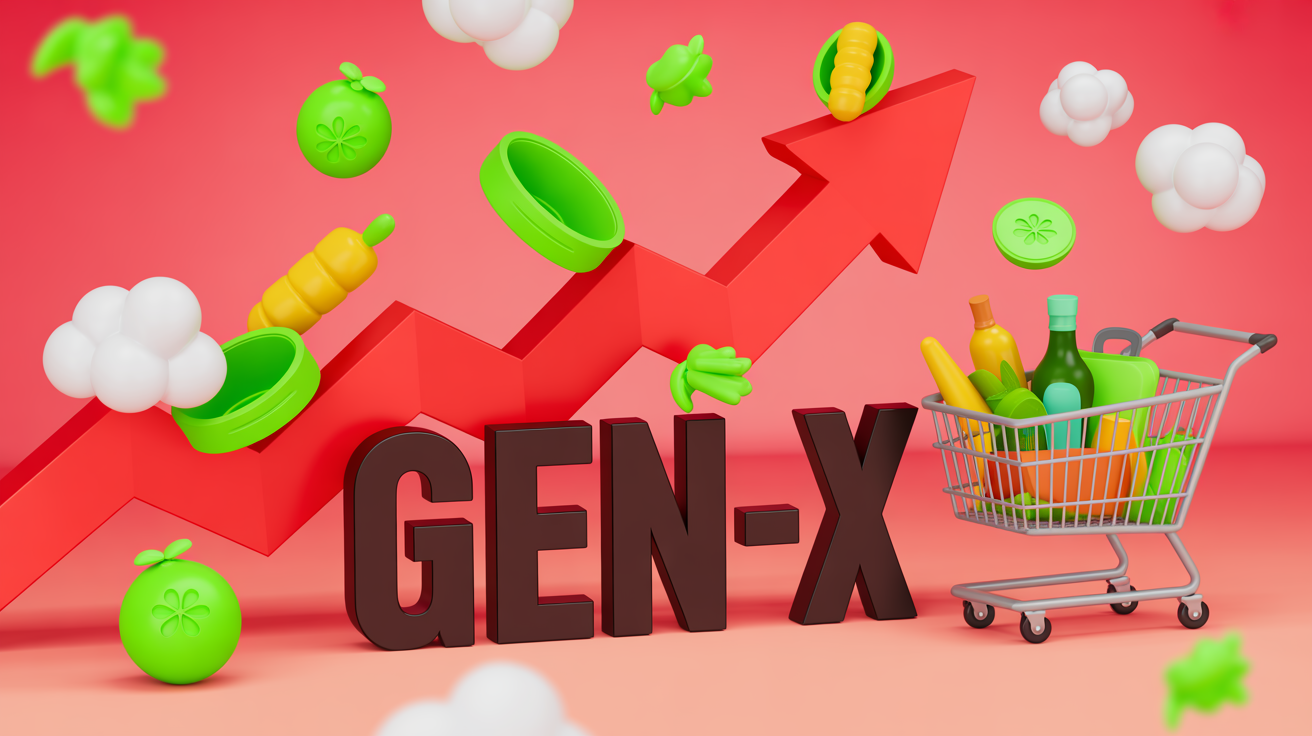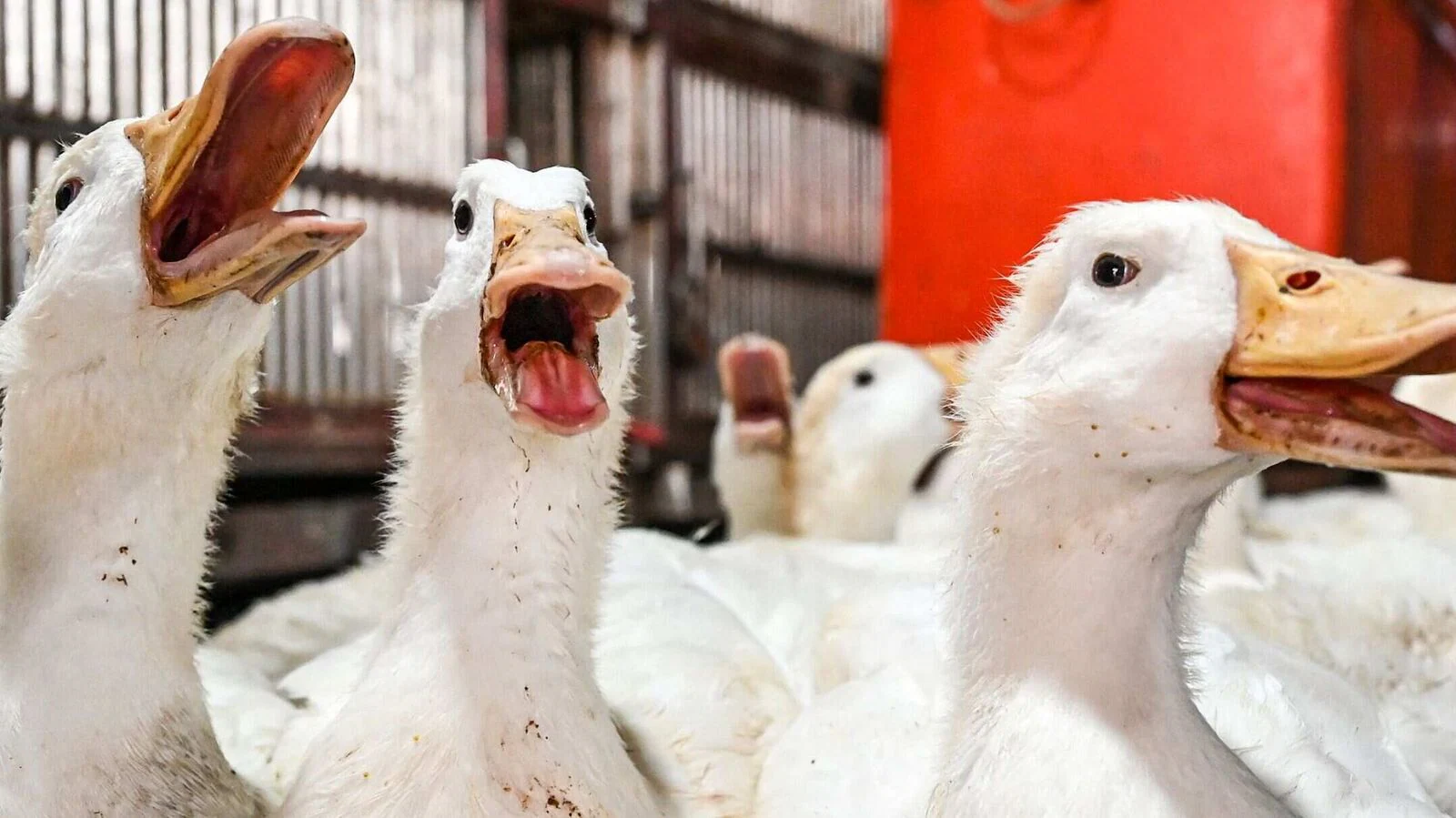As the federal shutdown drags into its third week, 42 million Americans relying on food assistance face growing uncertainty about how they’ll feed their families.
As the federal government shutdown stretches into its third week, states across the U.S. have begun warning residents that Supplemental Nutrition Assistance Program (SNAP) benefits could soon be disrupted. SNAP – formerly known as food stamps – helps roughly 42 million Americans put food on the table each month. But with federal funding stalled, state agencies are bracing for benefit interruptions as soon as November.
TLDR:
- 42 million Americans rely on SNAP for daily nutrition.
- States are warning recipients of possible benefit delays as shutdown continues.
- SNAP spending exceeds $100 billion annually, sustaining grocery and farm sectors.
- Food banks may see surging demand if benefits lapse.
- Industry and policymakers must act to maintain food security and system stability.
According to the USDA, the average monthly SNAP benefit in 2024 was about $202 per person – just $6.70 per day. When benefits are delayed or reduced, families often turn to emergency food providers. Feeding America, the nation’s largest food-bank network, reports that food insecurity has risen 32 percent since 2021, affecting one in eight households. Prolonged federal inaction could push those numbers higher.
If Congress fails to approve new funding, states will be forced to ration reserves or pause payments altogether. Several state agencies, including those in Texas, Ohio, and California, have issued advisories urging recipients to budget existing funds carefully and prepare for potential service gaps.
For the food industry, the ripple effects could be immediate. SNAP spending injects more than $100 billion annually into grocery retail, directly supporting farmers, distributors, and suppliers. A halt in payments could constrict sales, shift consumer purchasing behavior toward cheaper processed foods, and increase reliance on food pantries – many already stretched thin.
Beyond the immediate economic strain, the situation exposes how fragile America’s food-access system remains. A program designed to reduce hunger now hangs on political brinkmanship. Industry leaders and policymakers alike are being urged to act – to protect vulnerable households, stabilize food supply chains, and prevent a preventable hunger crisis.
Sources: Food Safety News, USDA Food and Nutrition Service, Feeding America Hunger in America Report 2024, Reuters Economic Impact of Shutdown, 2025








Leave a Reply